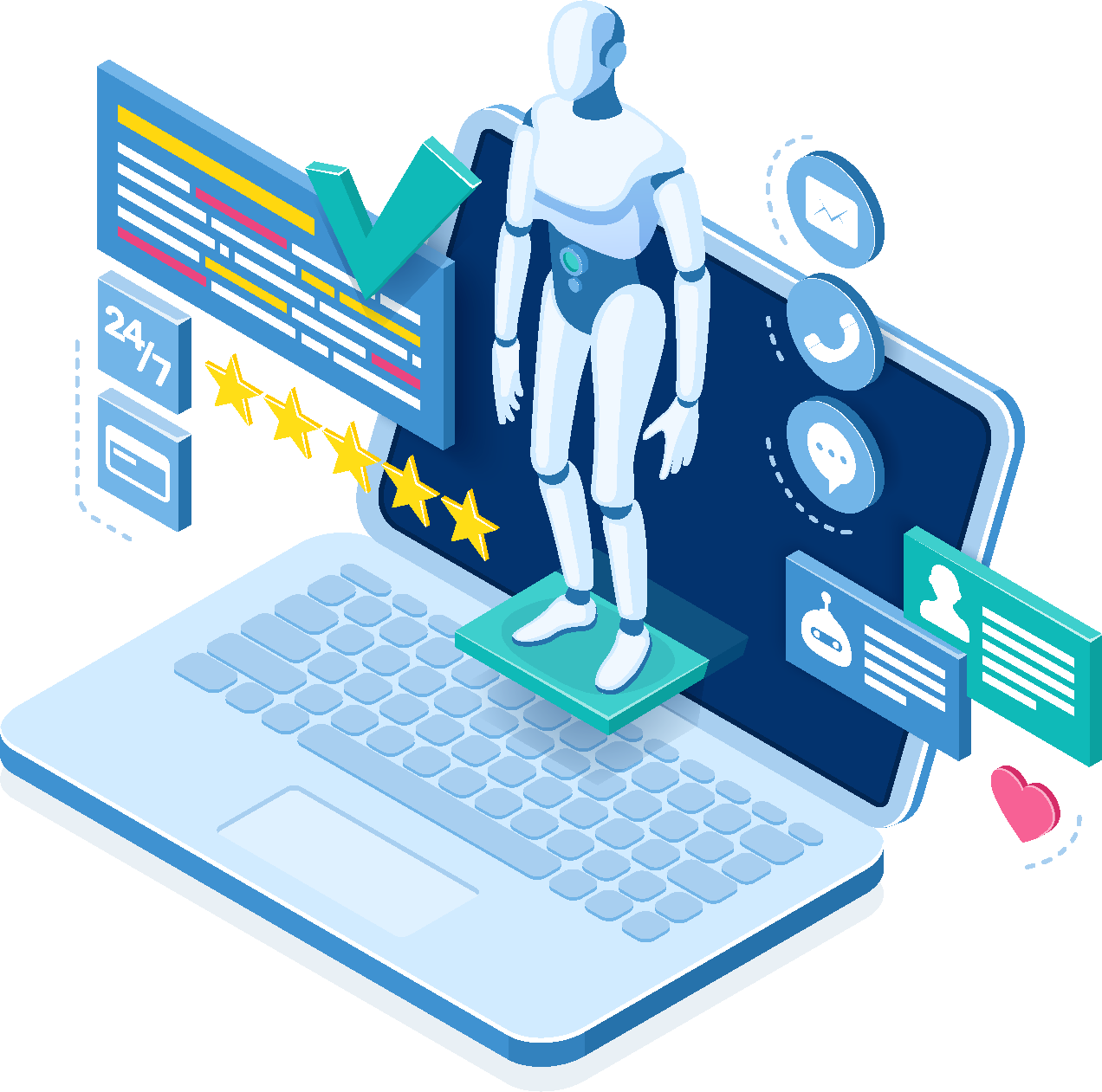MACHINE LEARNING & IA
Insegniamo a una macchina a svolgere una determinata azione anche se tale azione non è mai stata programmata tra le azioni possibili
Intelligenza artificiale

Per “intelligenza artificiale” si intende la capacità di un sistema hardware e software di risolvere un problema proprio come se fosse un essere umano, ovvero usando determinate caratteristiche che vengono considerate tipicamente umane quali, ad esempio, le percezioni visive, spazio-temporali e decisionali.

Quindi non solo capacità di calcolo, bensì di tutte quelle differenti forme di intelligenza che sono riconosciute dalla teoria di Gardner, e che vanno dall’intelligenza spaziale a quella sociale, da quella cinestetica a quella introspettiva.
L’intelligenza artificiale, o AI, è già usata in tanti campi e applicazioni della vita quotidiana, dalla gestione della coda al fast food, ai modelli meteorologici, dalla gestione dei servizi clienti dei contact center agli strumenti avanzati di controllo del traffico, ecc.
Grazie alle reti neurali, che simulando il funzionamento del nostro cervello riescono oggi a risolvere problemi individuando soluzioni spesso inaccessibili alla mente umana, il “sistema intelligente” può imparare dagli errori e quindi evolversi per adattarsi e rispondere a sempre più casistiche. Questo è il senso del machine learning, che permette e permetterà di poter affidare alle AI sempre più compiti, soprattutto per poter operare in contesti per i quali i programmatori non possono a priori prevedere tutte le possibilità di sviluppo.
Tramite il machine learning, quindi, una macchina è in grado di imparare a svolgere una determinata azione anche se tale azione non è mai stata programmata tra le azioni possibili.
Byteint e l’intelligenza artificiale
ByteInt è in prima linea nello sviluppo di sistemi di intelligenza artificiale, con l’obiettivo di migliorare le performance di aziende ed organizzazioni supportandole nell’individuazione di nuovi asset e nel miglioramento dei processi.
